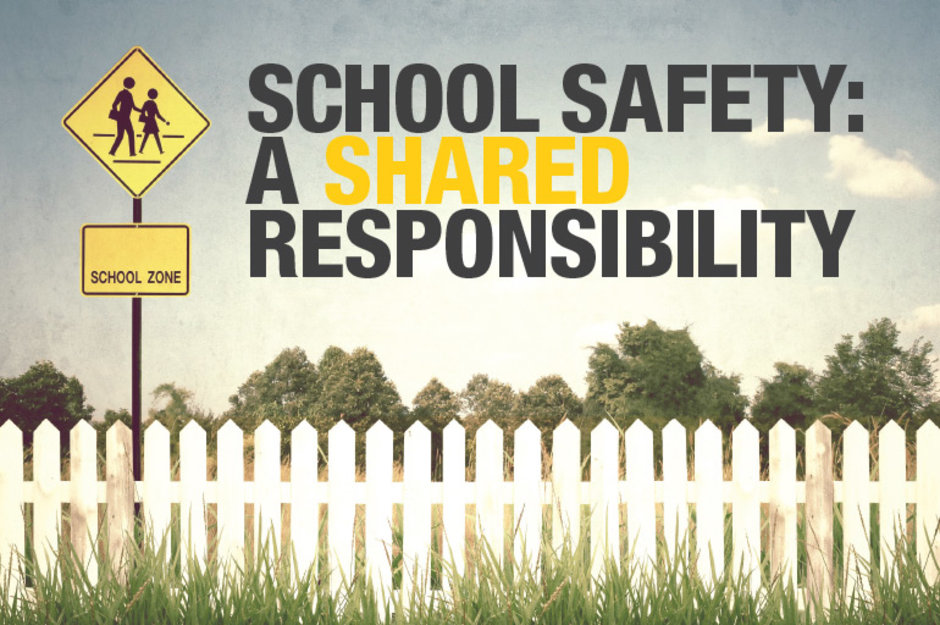
Happy New Year! Welcome back!
There has been a lot of conversation about drills lately – the whats, the whys, the hows and the whens. Old requirements; new requirements. Muscle memory, option-based responses, and more.
So what do we need to know and know how to do? What else should be consider when planning our drills?
Schools are required to have at least one drill per month, including summer sessions, when students are present. Our WA required drills practice four basic functional threat or hazard responses: earthquake response, evacuation, lockdown, and shelter-in-place. For schools in mapped tsunami or lahar zones, a pedestrian evacuation drill is also required. (More on that requirement at a later time.) Finally, at least one drill per year must incorporate the school mapping system. Schools may choose to practice one or more functional drills multiple times during the course of a year, based on the specific threats and hazards which the school faces.
The drills are intended to practice a single emergency response. Each drill focuses on a single function in order to strengthen skills, build muscle memory, and identify areas of improvement. It is important to note, though, that there are times when drilled functions may be sequential. A drop-cover-hold earthquake drill followed by an evacuation drill is one example of this.
Drills are frequently scheduled and announced: “We will have an evacuation drill on Wednesday at 10:25.” The question has been raised as whether this is really a useful drill. The answer, “Yes, it is.” Remember muscle memory. Such an announcement will prepare staff and students to practice what they need to do within the context of an evacuation. Less specific drill times can also be useful: “We will have an evacuation drill on Wednesday.” Such a plan may test that muscle memory.
All of which leads into the conversation around staff and student preparation. Take time to talk with your staff about the practice of drilling. Work through scenarios and mini-table top exercises. Consider option-based responses – “what-if” situations. Develop parallel, age-appropriate lessons for classroom use prior to your actual drills. Include your school’s rules to be followed during a drill. Remember that the drills, themselves, are ultimately meant to teach students and staff to take appropriate action based on specific situations. Prior conversations will also help reduce levels of anxiety during various drills for both staff and for students.
Finally, remember to involve your local first responders and families in your drill preparations. Depending on the nature and timing of a particular drill, you may want or need to invite them to participate along with your staff and students.
Plan before your drill. Make it a New Year’s resolution!
Additional Resources on Drills and Drilling: